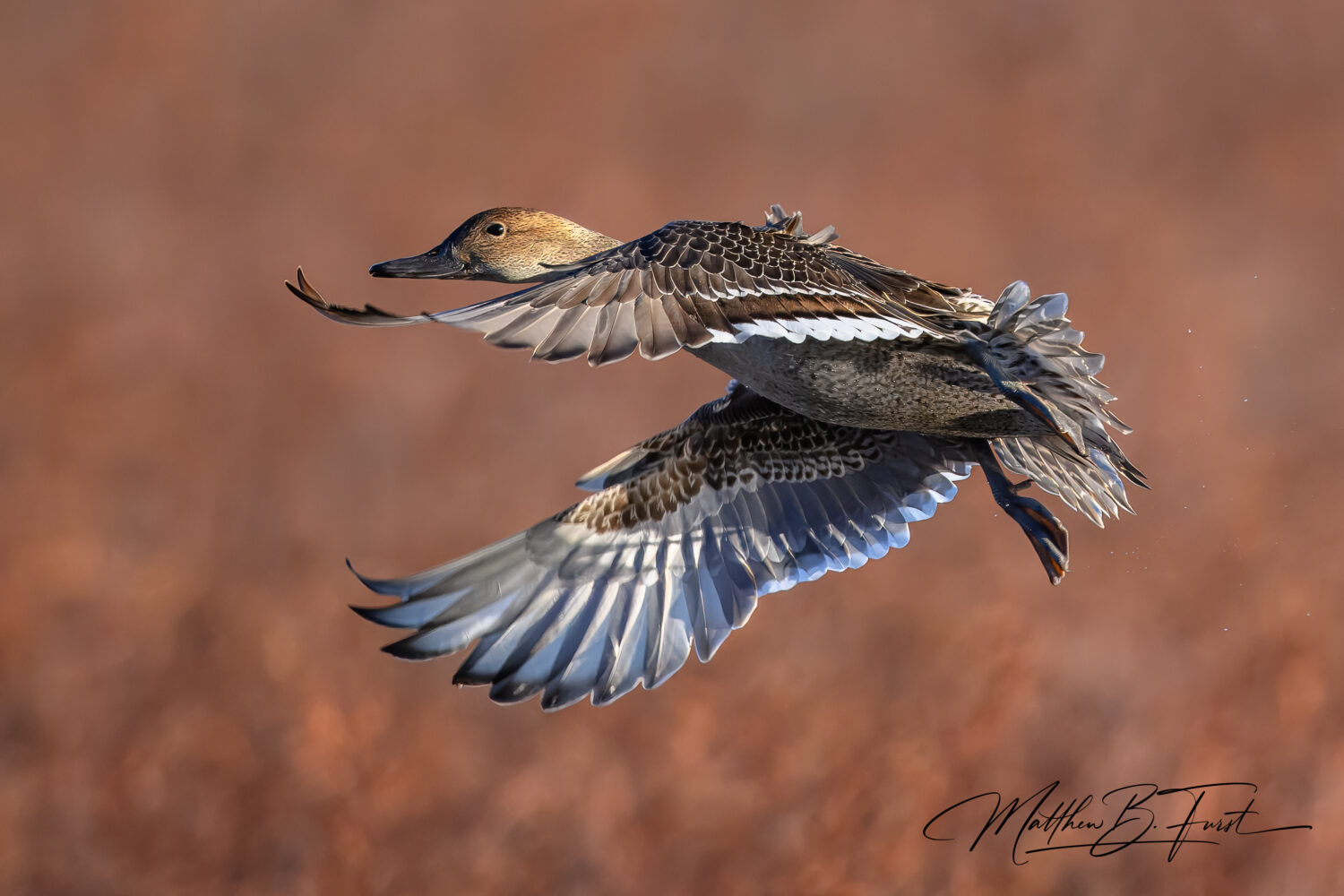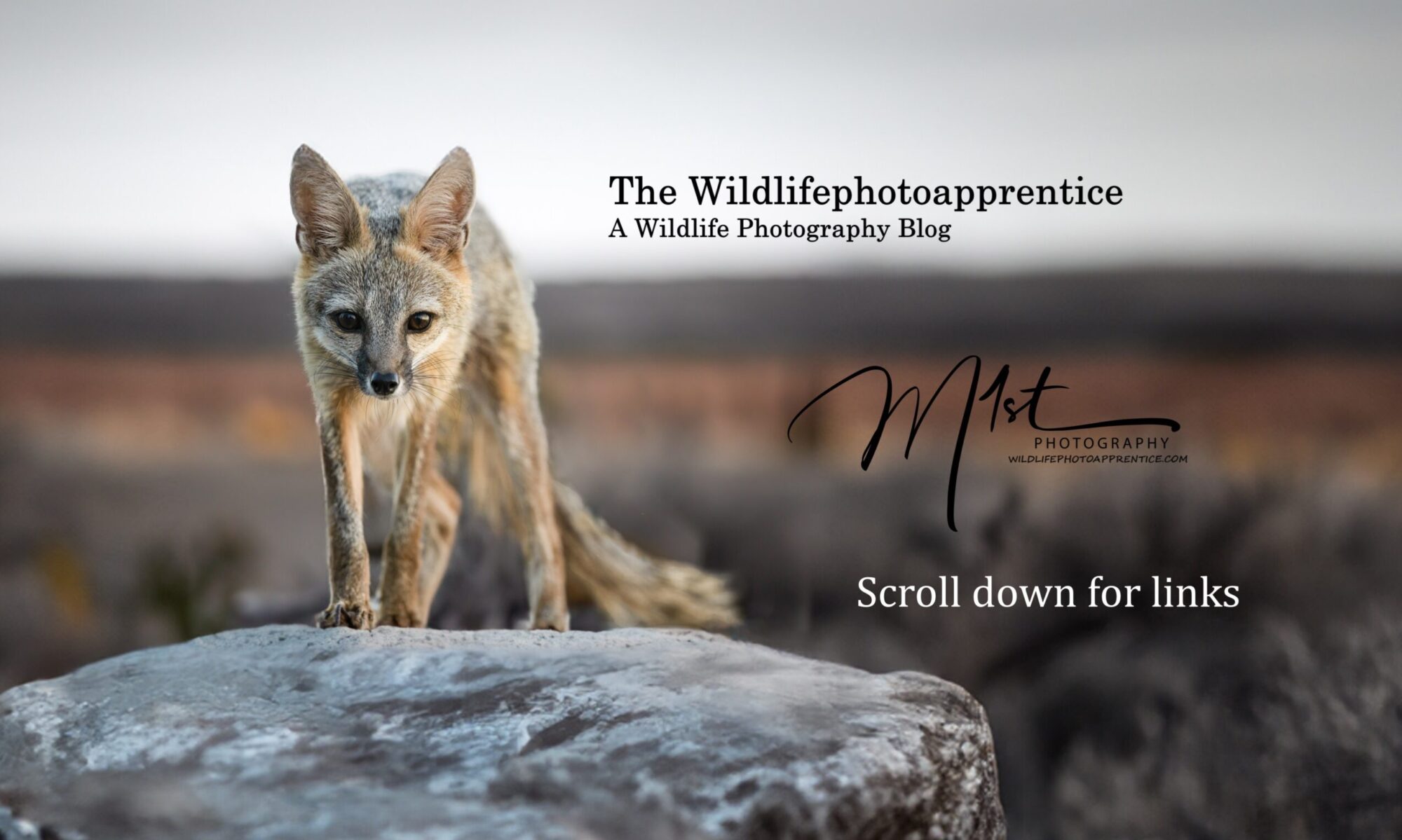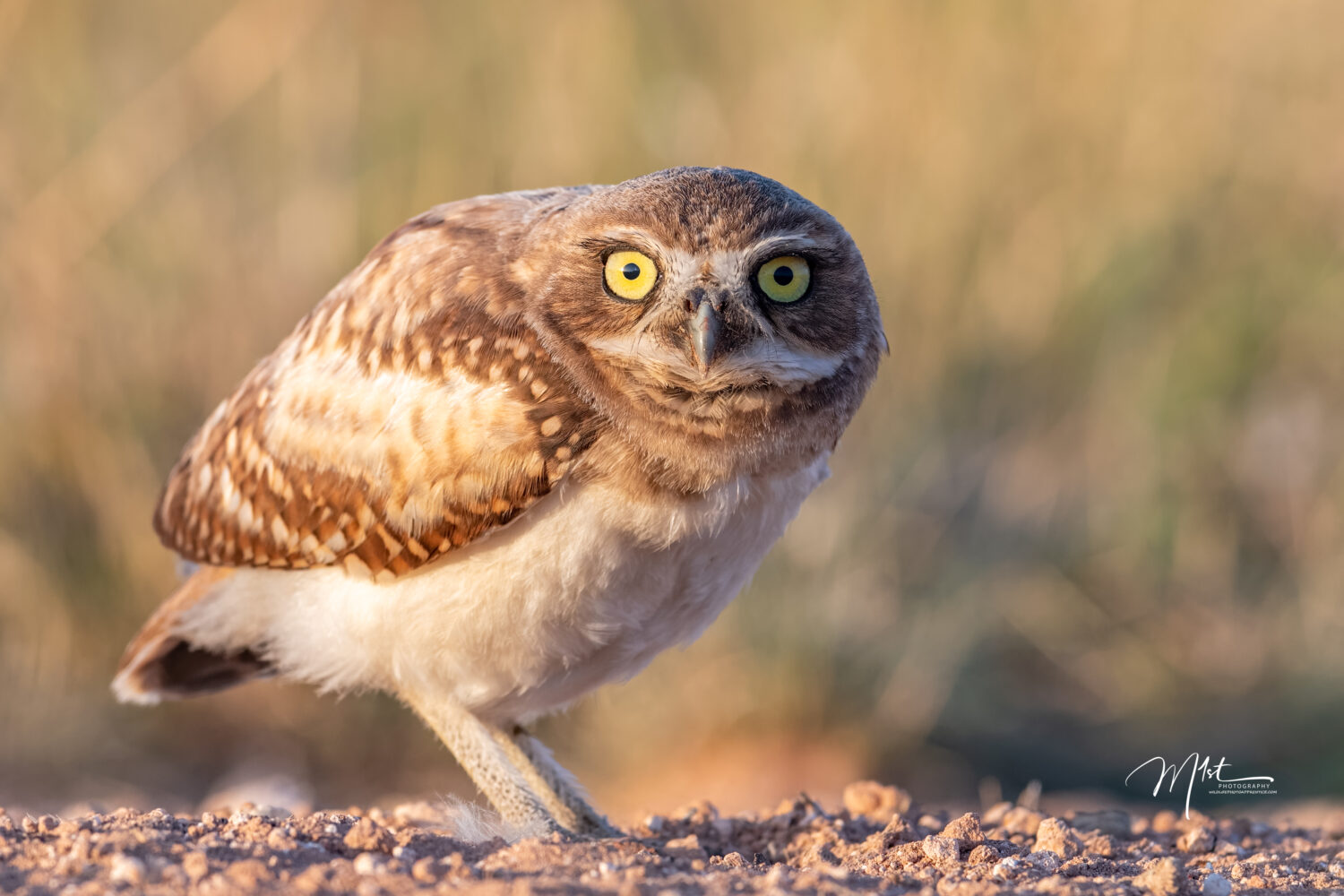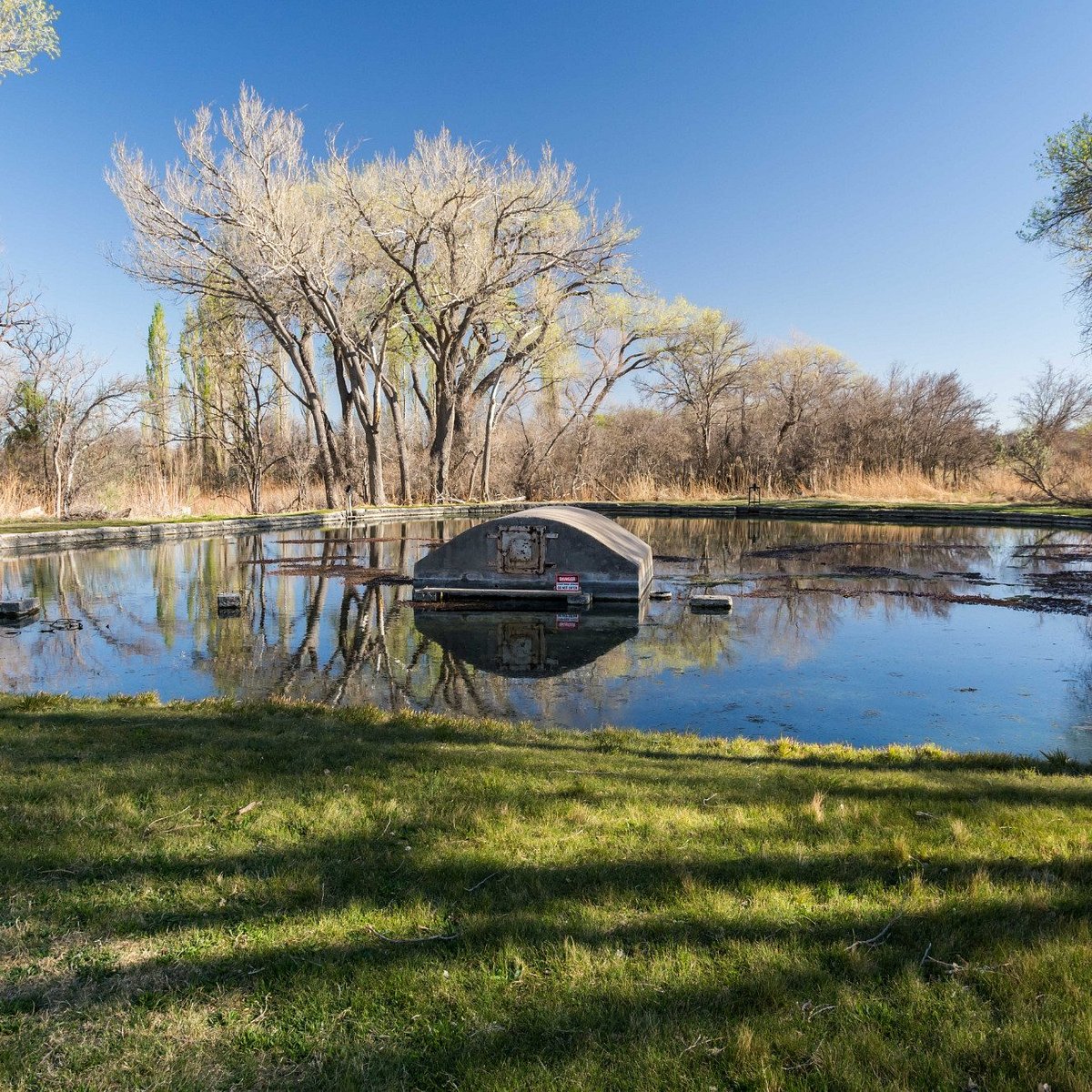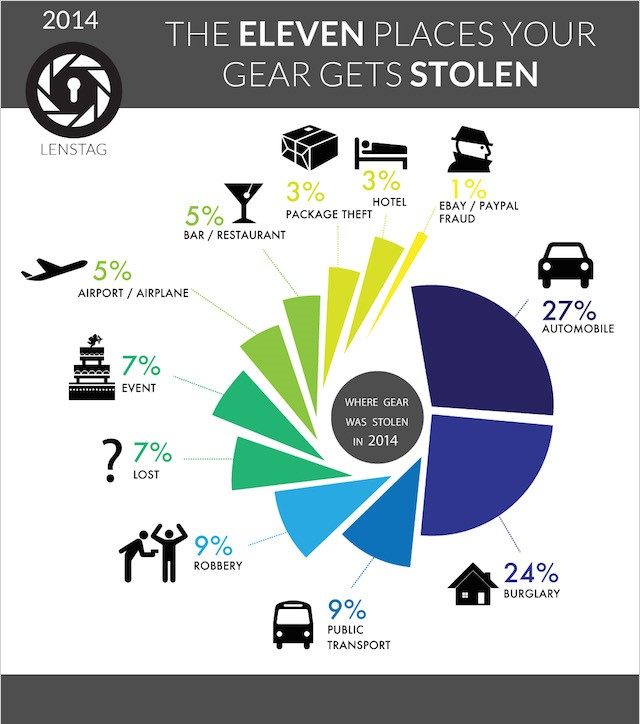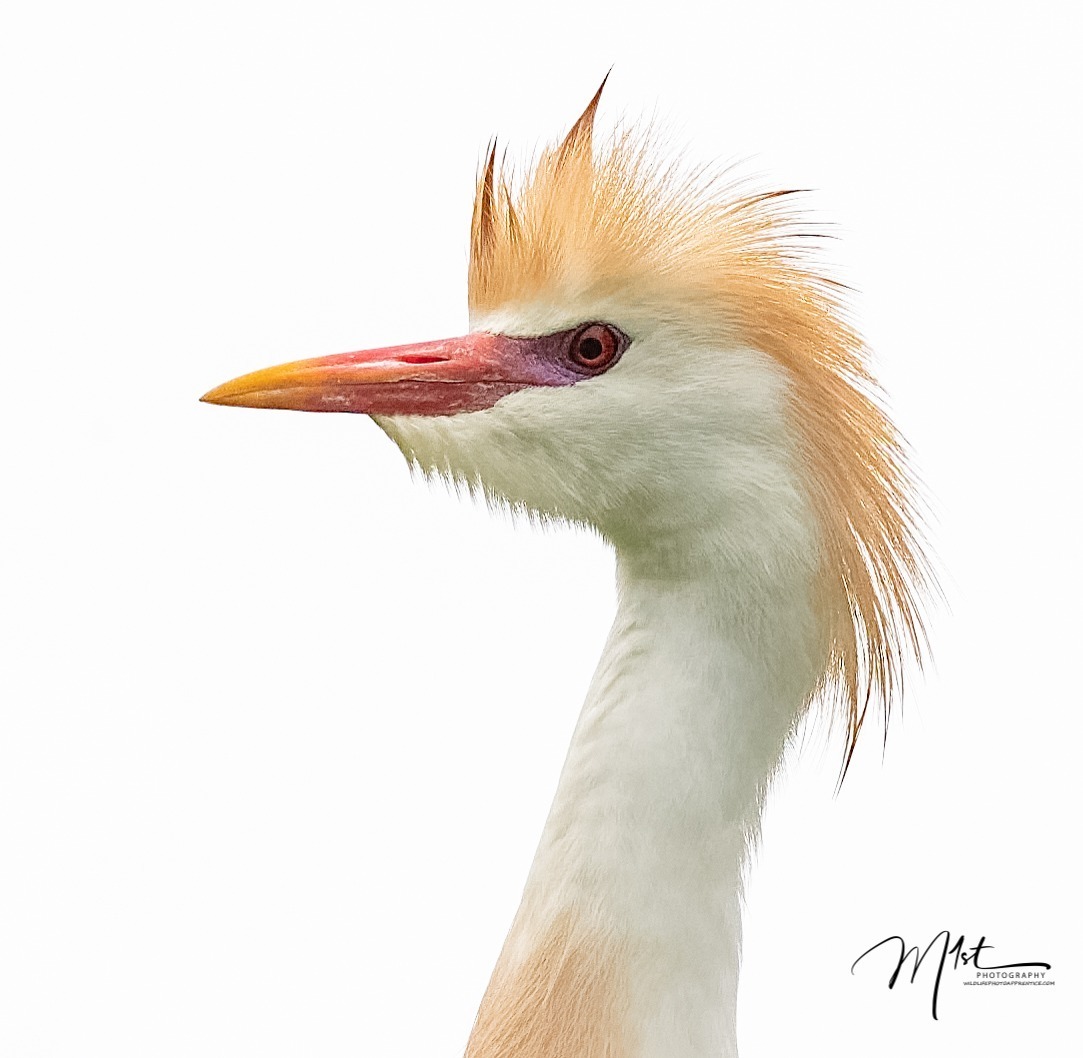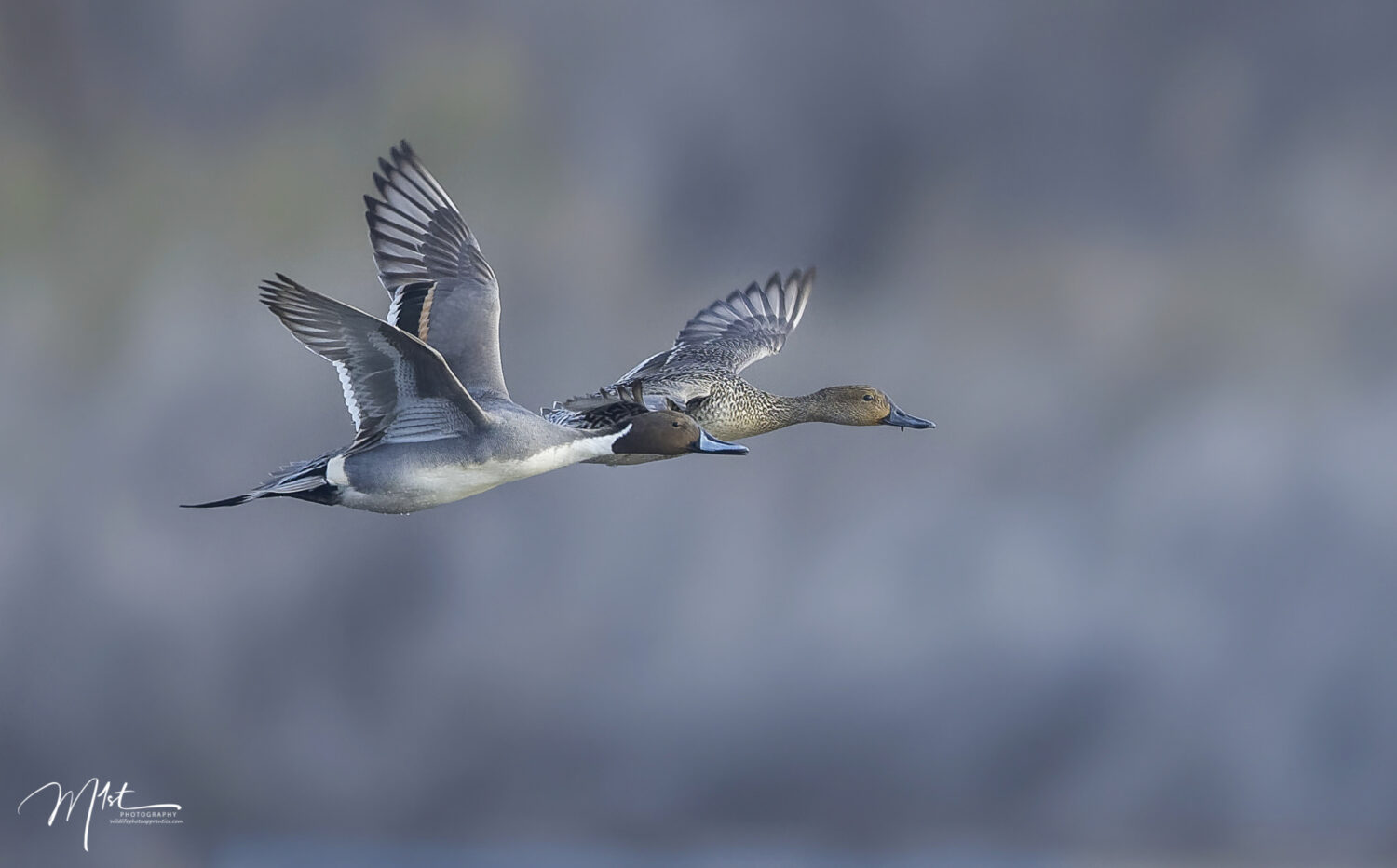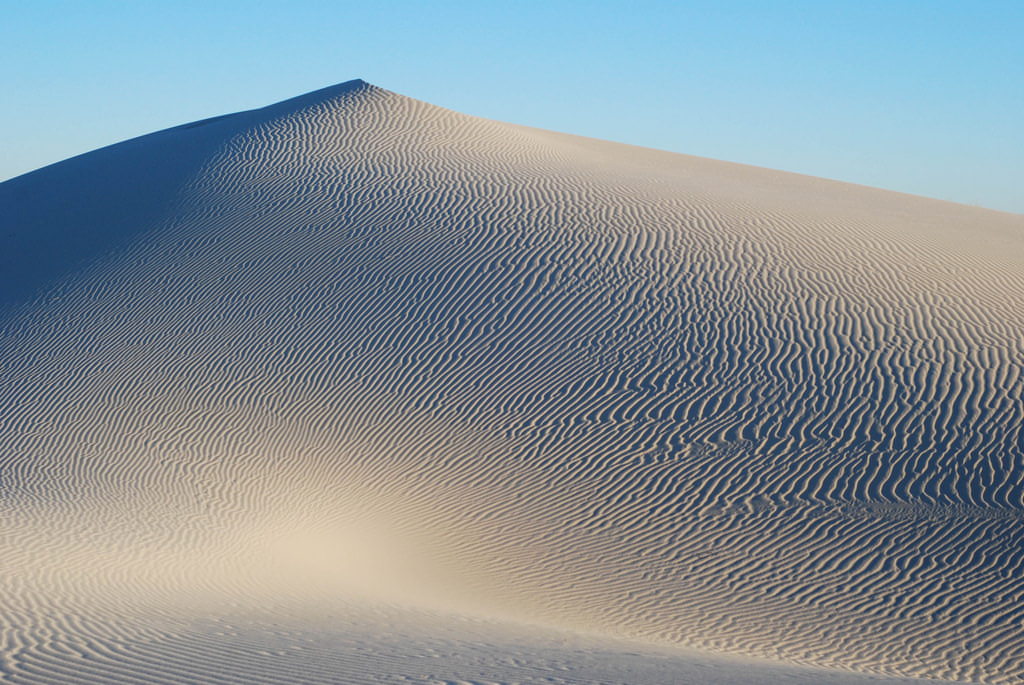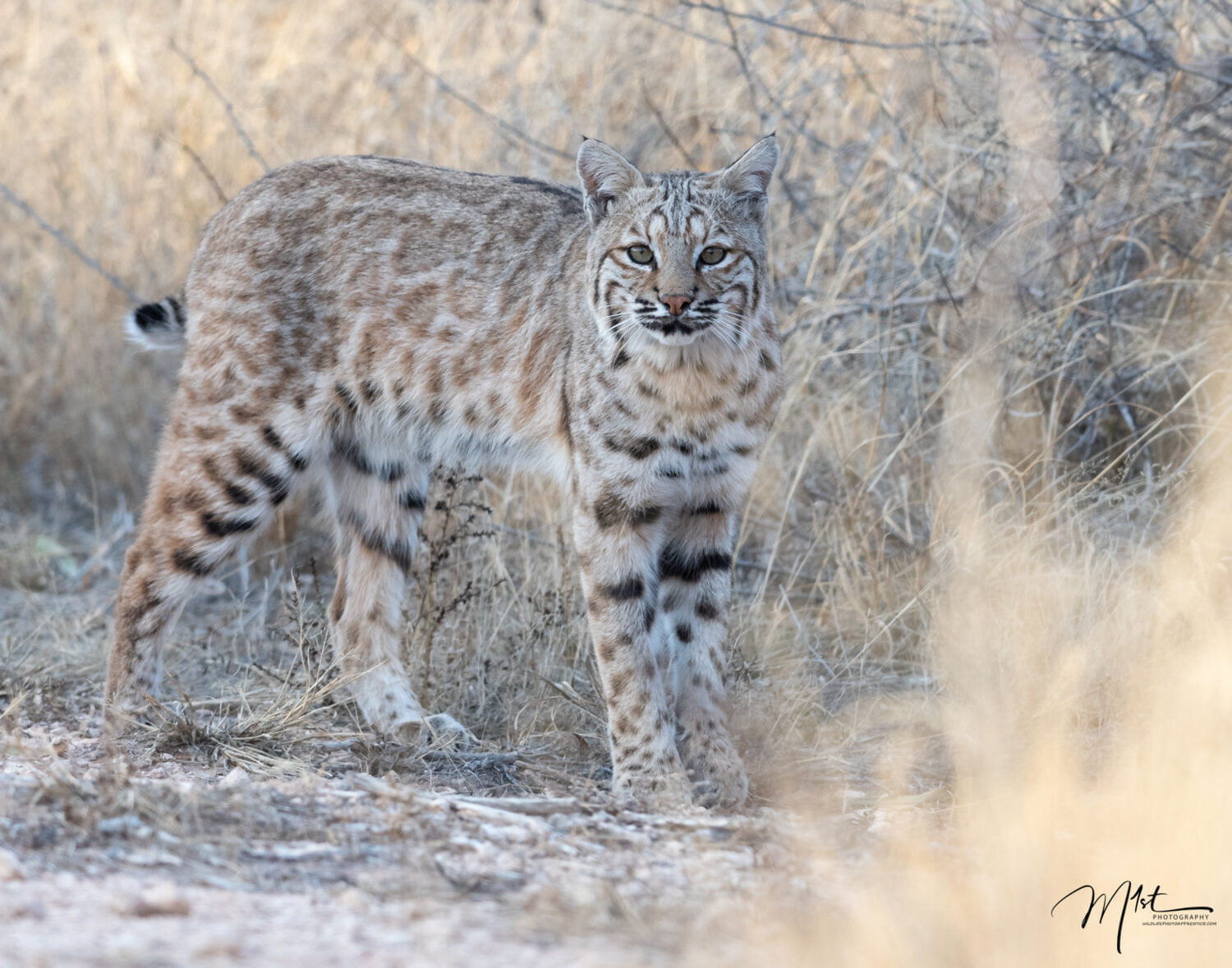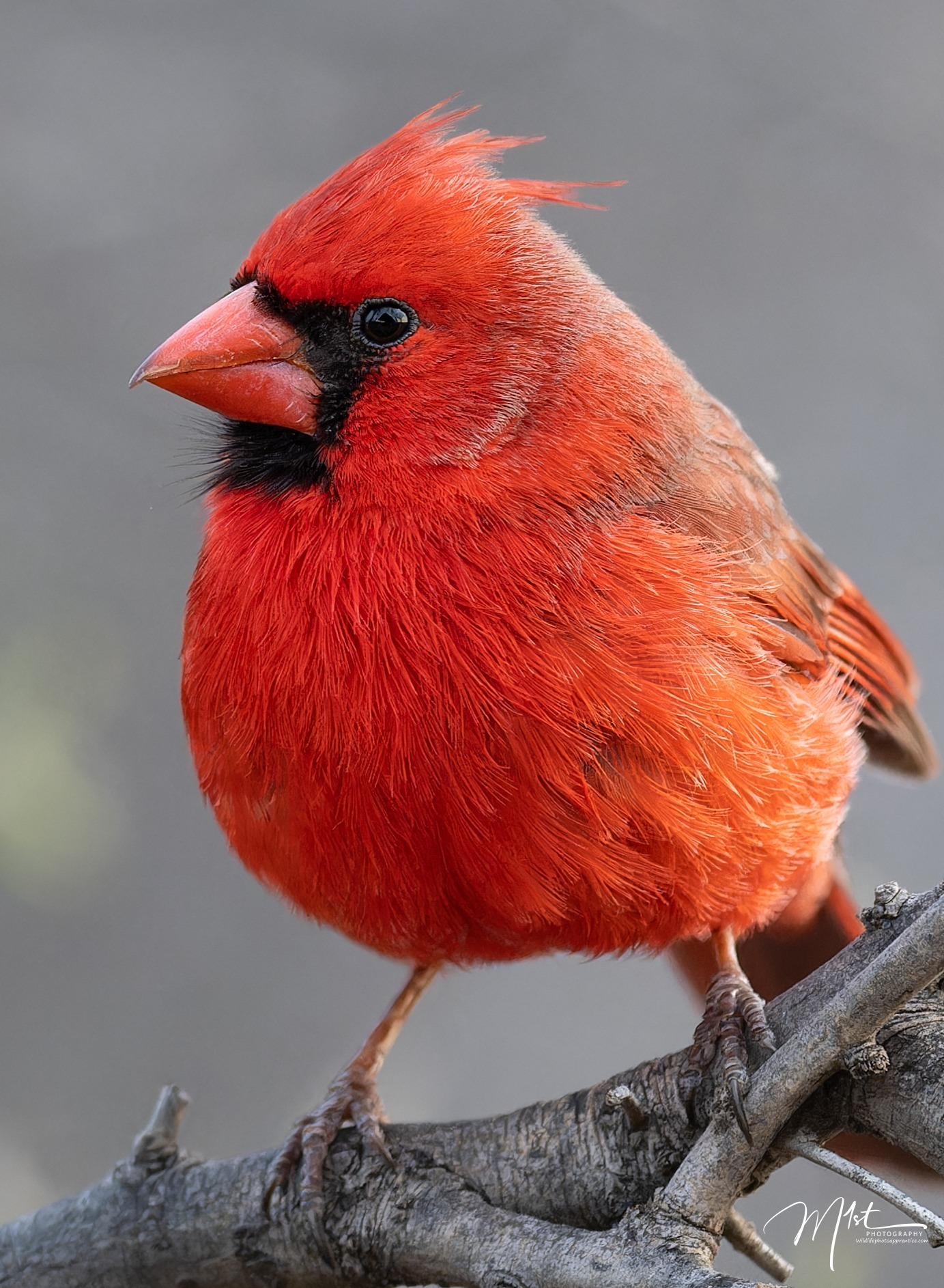Wildlife photography is a challenging pursuit, and capturing ducks in their natural habitat adds an extra layer of complexity to the art. Ducks are fascinating subjects, with their vibrant plumage, unique behaviors, and diverse habitats they are ideal specimens for wildlife photography. Ducks are also one of the best possible subjects for honing one’s wildlife photography skills, particularly for beginners. Their size, predictability, and abundance in most regions make them excellent candidates to practice various photographic techniques. Capturing a duck in flight allows photographers to perfect their skills in tracking fast-moving subjects and mastering the art of timing. Panning techniques can be refined as ducks gracefully glide across the water or soar through the sky. Experimenting with different focus modes becomes accessible with these avian subjects, as they often maintain a consistent pace and trajectory, providing ample opportunities to adjust focus settings. With their ubiquitous presence in ponds, lakes, and rivers, ducks offer a convenient and rewarding way for budding wildlife photographers to develop their craft. Before you can improve your skills in photographing ducks in the wild, it’s essential to understand their behavior, habitats, and the technical aspects of photography. In this blog, we will delve into various details that wildlife photographers should consider to elevate their duck photography to new heights.
